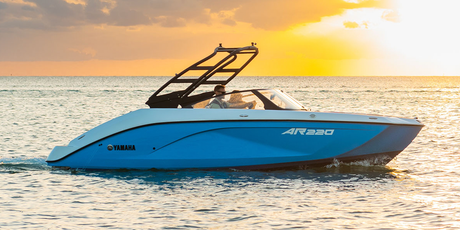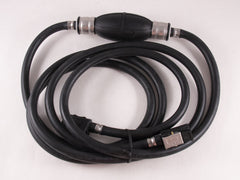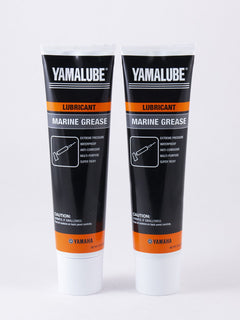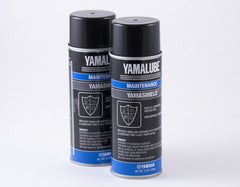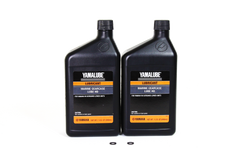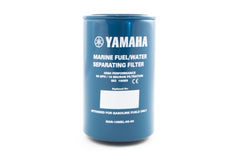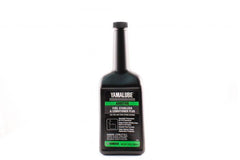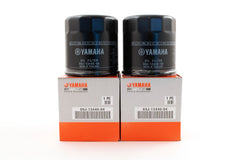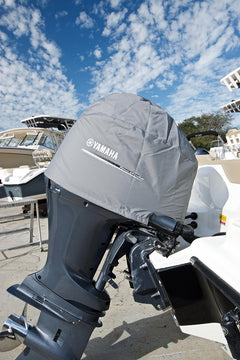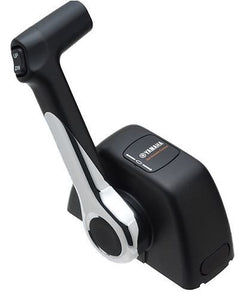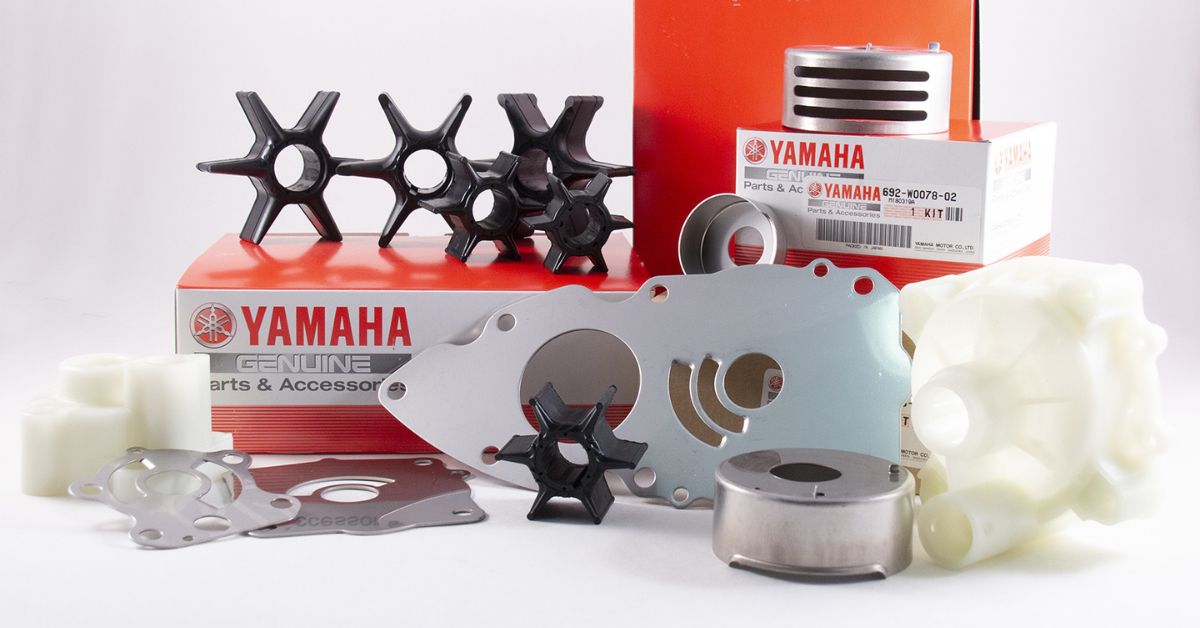
When maintaining your outboard motor, you’re faced with a choice: OEM (original equipment manufacturer) or aftermarket parts. Each option comes with its own benefits and drawbacks, which can significantly affect the performance and longevity of your engine. Read on to explore the pros and cons of OEM and aftermarket outboard parts, helping you decide which is the best fit for your needs.
What Are OEM Parts?
OEM stands for "original equipment manufacturer." These parts are made by the same company that produced the original parts for your outboard motor. When you buy OEM parts, you're essentially getting components designed to the same specifications as the ones your motor was built with. This ensures a perfect fit and reliable performance. However, OEM parts often come with a higher price tag due to their brand association and guaranteed compatibility.
What Are Aftermarket Parts?
Aftermarket parts are produced by third-party manufacturers, not the original company that made your outboard motor. These parts are often designed to be compatible with multiple motor brands and models. Because they don't come from the original manufacturer, aftermarket parts are usually more affordable. However, the quality and fit may vary between different manufacturers, meaning there could be potential performance issues depending on the part and its maker.
Price Differences Between OEM and Aftermarket
One of the biggest deciding factors for most buyers is price. OEM parts are generally more expensive because they are made by the original manufacturer and come with the brand’s guarantee of quality and fit. On the other hand, aftermarket parts can be significantly cheaper, making them appealing to budget-conscious buyers. However, this cost savings may come with trade-offs in terms of quality and longevity, so it’s important to weigh the price against the potential risks.

Quality Assurance of OEM Parts
When you buy OEM parts, you can be confident in their quality because they are built to the exact specifications of the original equipment. OEM parts are thoroughly tested and certified for your specific outboard motor, ensuring they meet stringent performance standards. This consistency provides peace of mind, especially when replacing critical components like water pumps or fuel injectors. With OEM parts, you can expect long-lasting reliability and better overall performance.
Quality Varies With Aftermarket Parts
Quality can vary widely between aftermarket parts. Some aftermarket manufacturers produce parts that are just as good, if not better, than OEM parts, while others may cut corners to reduce costs. It's essential to research various aftermarket brands and read reviews from other boat owners to ensure you're purchasing high-quality components for your vessel. Trusted brands in the aftermarket industry can provide great alternatives to OEM parts, but poor-quality aftermarket parts can lead to performance issues or even damage.
Fit and Compatibility of OEM Parts
OEM parts are made specifically for your outboard motor, so you can be sure they will fit perfectly without modifications. This is especially important for complex or critical parts that need precise alignment to function correctly. With OEM parts, installation is generally more straightforward, reducing the chance of errors that could affect your motor’s performance.
Aftermarket Parts May Require Modifications
Since aftermarket parts are designed to fit a range of motors, you may encounter slight differences in fit or require minor modifications to make them work. This can complicate the installation process, especially if you’re not familiar with mechanical work. While some experienced boat owners may feel comfortable making these adjustments, others may prefer the seamless fit of OEM parts.
Warranty Considerations for OEM Parts
One of the advantages of purchasing OEM parts is that they often come with a warranty from the manufacturer. If a part fails prematurely, the manufacturer will typically cover the replacement or repair. This warranty provides extra protection for your investment and is one of the key reasons many boat owners opt for OEM parts, despite their higher price.
Aftermarket Parts and Warranties
Some aftermarket parts also come with warranties, but they may not be as comprehensive or long-lasting as those offered by OEM manufacturers. It’s important to review the warranty policies of aftermarket parts closely. A warranty can offer some peace of mind, but you should carefully evaluate its terms and conditions, as it might be limited compared to OEM offerings.
Availability of OEM Parts
OEM parts can sometimes be harder to find, especially for older outboard motors. Depending on your location, you may need to wait for OEM parts to be shipped from a distant manufacturer or dealer, leading to delays in your repairs. However, many manufacturers have robust supply chains, ensuring parts are available when needed.

Availability of Aftermarket Parts
Aftermarket parts are often easier to find and more widely available than OEM parts. Because multiple manufacturers produce aftermarket components, you're more likely to find what you need quickly. Many retailers and online stores stock aftermarket parts, making them a convenient option if you’re in a hurry to get your motor up and running again.
Long-Term Performance of OEM Parts
OEM parts are designed to last and typically offer excellent long-term performance. Since they’re built to the manufacturer’s exact specifications, they work in harmony with the rest of the engine components, contributing to optimal engine health. In the long run, using OEM parts can result in fewer breakdowns and better fuel efficiency, which makes them a preferred choice for serious boaters.
Long-Term Performance of Aftermarket Parts
The long-term performance of aftermarket parts depends largely on the brand and quality of the component. While high-quality aftermarket parts can perform just as well as OEM parts, lower-quality alternatives may not offer the same durability or efficiency. This is why it’s important to choose aftermarket parts from reputable manufacturers if you’re looking to save money without sacrificing performance.
Resale Value Considerations
Using OEM parts can help maintain your outboard motor's resale value. Prospective buyers often feel more confident knowing that original parts were used for repairs and maintenance. While aftermarket parts may not negatively impact resale value, OEM parts tend to give buyers peace of mind and may help you sell your boat more quickly or at a higher price.
OEM Yamaha Outboard Parts: A Safe Bet
When it comes to trusted brands like Yamaha, choosing OEM Yamaha outboard parts can be a smart investment. Yamaha outboard motors are known for their durability, and using original parts ensures that your motor continues to perform at its best. With OEM parts, you’re guaranteed compatibility, performance, and longevity, making them a reliable choice for serious boaters who want to maximize the lifespan of their motor.
Now that you know the pros and cons of OEM vs. aftermarket outboard parts, you can make an informed decision based on your budget, needs, and long-term goals. Whether you prioritize performance, cost savings, or availability, understanding the trade-offs between OEM and aftermarket options will help you choose the best parts for your outboard motor.

